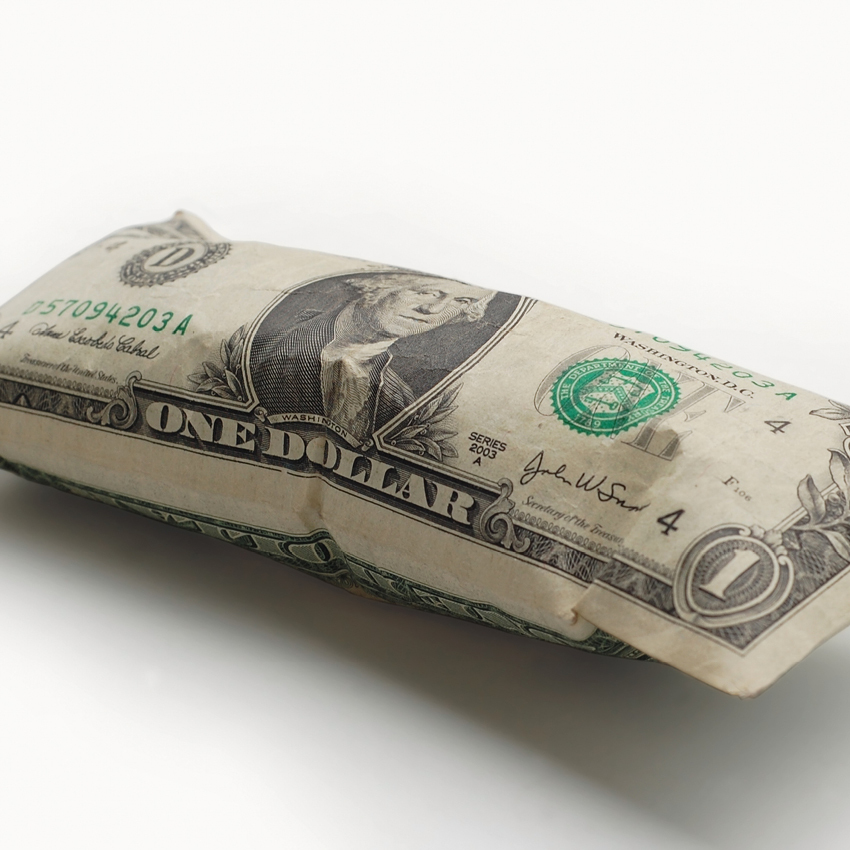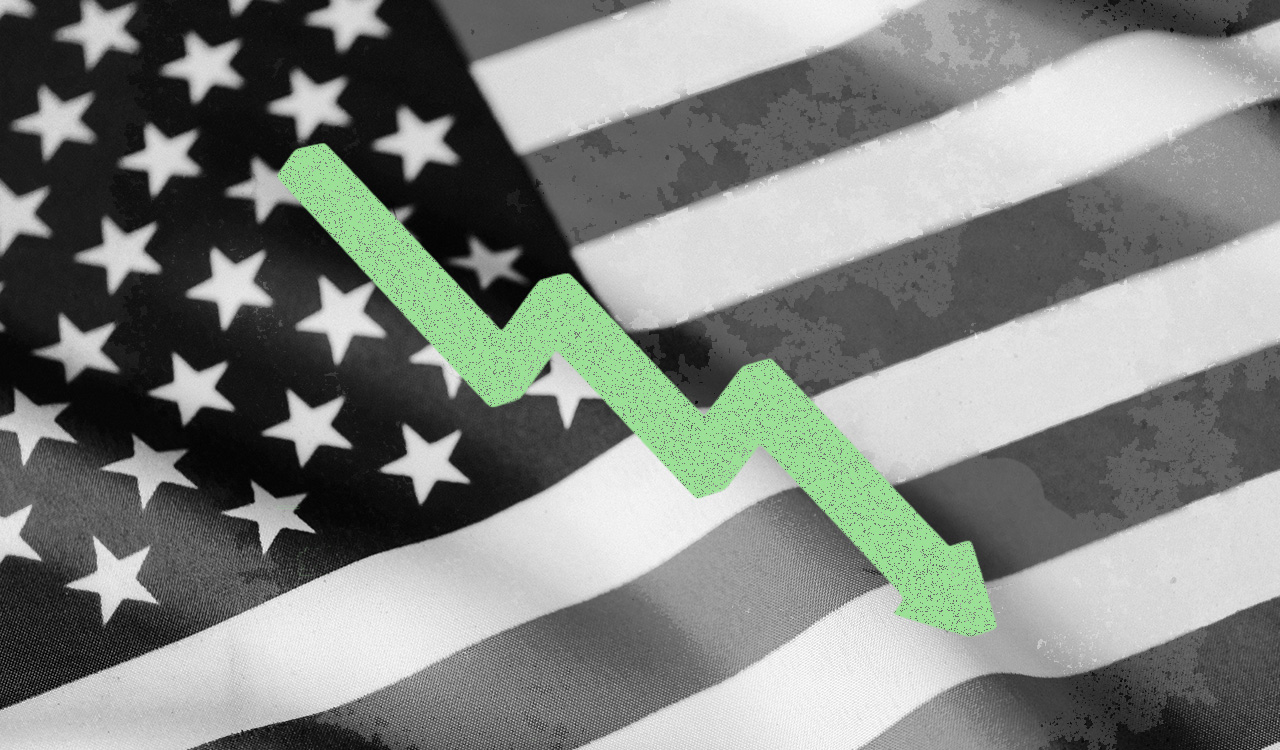I feel safe aligning my economic view with that of Janet Yellen, U.S. Secretary of the Treasury and Jerome Powell, chair of the Federal Reserve, then with a bunch of traditional, last century economists who define inflation as it was during the most explosive growth period in U.S. history (1950 to 1980).
They envision a post-pandemic economic surge, believing that the trillions of dollars fire hosed into the economy to keep it from collapsing will meet head on with consumers\’ post-pandemic pent-up demand, with trillions in personal savings and stimulus checks. That combined with rock bottom interest rates (essentially free money) will spark a \”roaring twenties\” version of obsessive consumption. But they believe that this level of hyper demand will not be balanced by sufficient supply, which will result in rising prices. Thus, the economy will experience higher levels of dangerous inflation.
[callout]Once full-priced legacy department and big box stores are finding that their own off-price and outlet stores are now where most of their growth is coming from.[/callout]
As I am writing this article, I acknowledge the fact that the CPI (consumer price index) and therefore the rate of inflation is increasing. However, as recognized by most economists, the rate of increase is compared to the same time last year when the economy was broadly shut down. So, a CPI increase of 2.6 percent in March, while significant, is not surprising. And the belief among the Yellen and Powell camps is that following several months of such increases, the rate will recede back to its roughly two percent level of the last several decades.
Supply/Demand Disequilibrium
To expand on the explanation of why the rate of inflation will remain low, along with my co-author, Michael Dart, we describe in the first chapter of our book, Retail\’s Seismic Shift, that supply has and will continue to outstrip demand for an indefinite period of time to come. The rationale for this long-term supply/demand disequilibrium predates the pandemic. And it provides the logic that whatever rise in post-pandemic demand there may be, it will be transitory and not large enough or sustainable, to bring the balance back to a healthy level of competitive and profitable growth. Simply said, with too much supply, perpetuated by the factors laid out in our book, consumer-facing businesses, including the retail industry, must fight for a share of a slow-growing market (demand). And with the exception of scarce, innovative or highly differentiated products, the path to stealing a share of the consumers\’ wallets is reduced to the low-hanging fruit of promotional pricing. In this reality, deflation can become the bigger threat to the economy. I suspect Ms. Yellen and Mr. Powell understand this much better than I do.
Perpetual Drivers
The six fundamental dynamics that will continue to drive the supply/demand imbalance are:
- Increase in globalization and low-cost production.
- Lower cost materials for products.
- Increased efficiency.
- Increasing number of supply chains and distribution platforms.
- Low productivity growth.
- Low real income growth.
All of these factors are exacerbated by the growing income gap hollowing out the middle class along with enormous spending anxieties of the majority of low-income consumers. The bleak economic outlook is not offset by the spending of the wealthy one percent who tend to save and/or invest.
Tech and Generational Transformation
Igniting and now accelerating these dynamics is technology embedded into every function of the value chain, enhancing the ability to produce and distribute more of everything effectively and efficiently. Add to all this the \”age wave \” factor, which is the now dominant Next Gen consumer group with a new set of values that is the opposite their consumption obsessive parents and grandparents; Gen Z favors experiences over stuff. Another dent in financial growth is the fact that the Boomers are downscaling into retirement and spending more of their dwindling dollars on travel, leisure, entertainment, health and wellbeing (not closets full of stuff).
Growth to Infinity and Beyond
Tech and generational shifts will not stop or reduce the amount of supply being pumped out across the globe because the core tenant of most businesses, particularly in the capitalistic countries, is that they assume there is infinite growth. Therefore, business leaders of both publicly or privately owned companies always tend to forecast an increase in annual revenues, and plan their production accordingly. We face too much supply feeding overstuffed stores and websites in a saturated retail industry. Companies will foolishly push more and more stuff out there; and if severe price-promoting is necessary, so be it.
Oh, lest I forget, there is an excessive amount of investment capital sloshing around the world, seeking growth opportunities (more supply) or to prop up and turn around losers (more unneeded supply).
Speaking of Retail
Let\’s balance economic theory with reality. One of our award-winning writers, Warren Shoulberg has been following Coresight Research\’s ongoing tracking of store openings and closings. Pop quiz: would you expect more store closings than openings so far this year — and projected into the future? The common sense, intuitive answer, prior to Coresight\’s tracking, would have been yes. And not only is that the wrong answer, but equally surprising is the fact that the retail sector where most of the openings are occurring is off-price and dollar stores. No hint of inflation there. And does it also hint of too much stuff that isn\’t selling at full price? The not-so-surprising common-sense answer is yes.
As of the middle of March 2021, 3,344 new store openings were announced in the U.S. versus 2,649 announced closings. Shoulberg explains, \”This resurgence in physical retailing is highly selective. Legacy sectors, like department stores and some big box businesses, continue to shut doors and reduce their footprints. Mass merchants have pretty much leveled off and are operating at retail stasis. But two channels — off-price and dollar stores — are continuing to open new stores at a voracious pace. Add in some deep discount grocery players and even the physical retailing anti-Christ Amazon and you get to the math that shows the net gain in stores.\”
Shoulberg has researched the number of newly opened off-price stores to date as well as their plans for the rest of 2021. He says, \”So, not counting some other retail players that plan to open significant number of stores during 2021 — Sephora, Ulta and Target to name a few — just the main off-price, dollar and deep discount grocery nameplates are talking about adding more than 2,100 stores before the end of their fiscal years, generally Jan. 31, 2022.\”
So, what does this say about diminished supply against hyper-demand leading to inflation? It would say three things:
- There\’s so much supply, that it seeks the lowest priced formats to best get rid of the excess.
- More consumers than ever are seeking these off-price and dollar stores.
- Once full-priced legacy department and big box stores are finding that their own off-price and outlet stores are now where most of their growth is coming from.
Any Inflation Worries at Amazon???
And here\’s a whopper. In a Bloomberg article, Matt Day writes, \”Amazon.com Inc. has explored opening discount retail stores selling a mix of home goods and electronics, a potentially significant expansion of the company\’s growing portfolio of brick-and-mortar locations. The outlets would carry unsold inventory sitting in Amazon\’s warehouses at steep discounts. The company has considered opening permanent stores, as well as pop-up locations in malls or parking lots. It\’s a way to be able to clean out warehouses and get through inventory without having to destroy it.\”
Joseph Schumpeter\’s Century-Old Theory
Famed economist Joseph Shumpeter\’s \”creative destruction\” theory (coined over a century ago) is that creation of new destroys and replaces the old — thus maintaining a supply and demand equilibrium. However, the creation of more and cheaper value that we are witnessing in the increase of off-price, dollar stores and outlets, may destroy some of the \”old\” mainstream legacy retailers, but not enough of them to maintain a supply-demand balance — and in the aggregate it is not new value creation. It is a further devaluation of goods and services responding to a majority of consumers who have prioritized quantity over quality for the last half century. Of course, a key component to achieving this equation is to reduce value — taking value out of the goods and services — thus being able to lower prices to sell more. And this flywheel can continue into infinity.
What we have today is not creation of new destroying and replacing the old. It is a devaluation of goods and services. Therefore, how low do prices have to go before our economy kicks into deflation. Far be it for me to say this, but how could Mr. Schumpeter have foreseen over a hundred years ago the perpetuation of such excessive supply and its imbalance with demand?
The Good News?
For those retailers who understand exactly what their consumers desire and expect from their brand, and who invest in continual innovation, differentiation and compelling experiences/ Those who build value in rather than taking value out, and by doing so, invest more for bottom line results, and less on growth for growth\’s sake, will win.
At the end of the day, they will understand their supply and demand balance, which will lead to profitable and reasonable growth.




